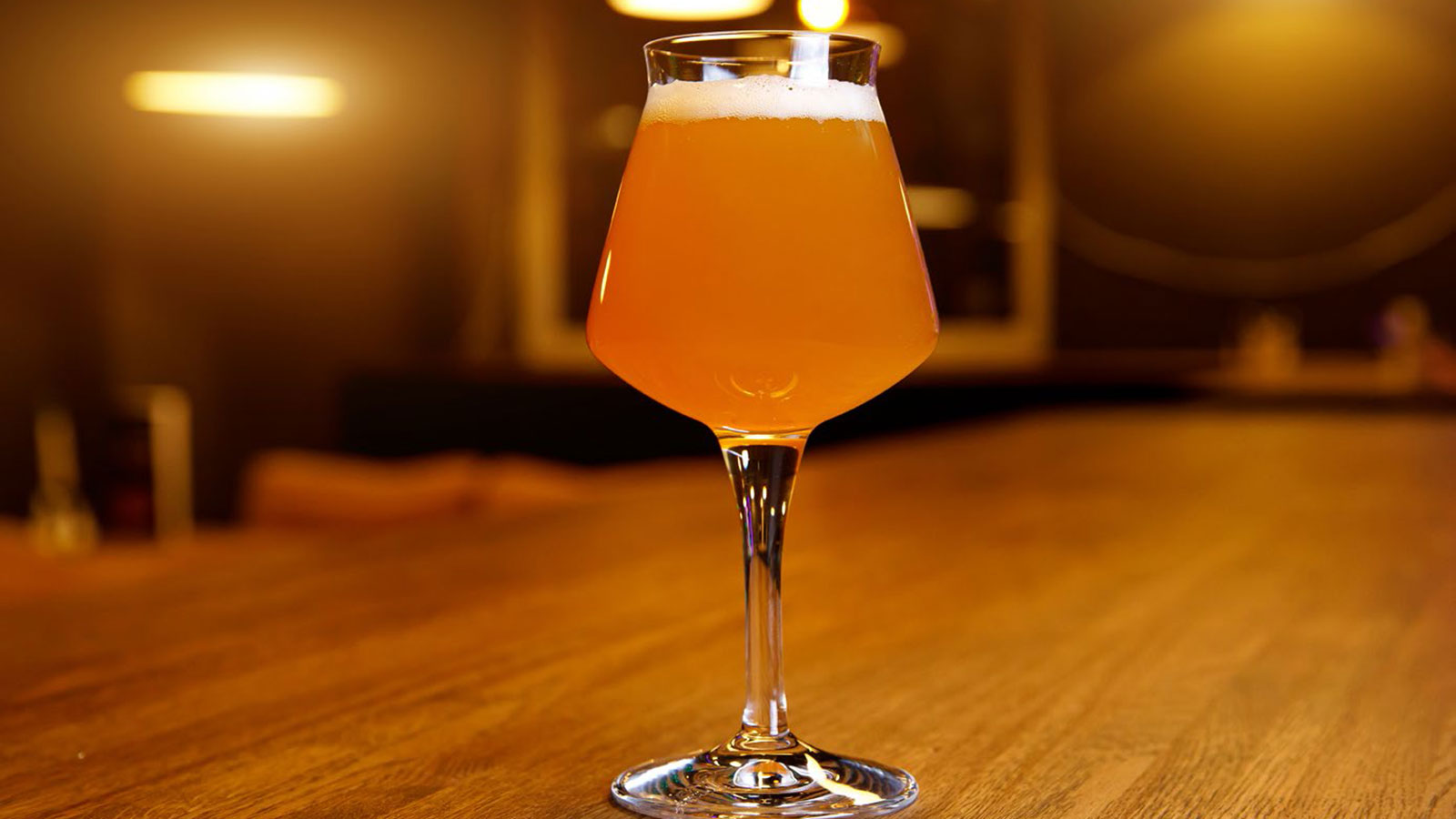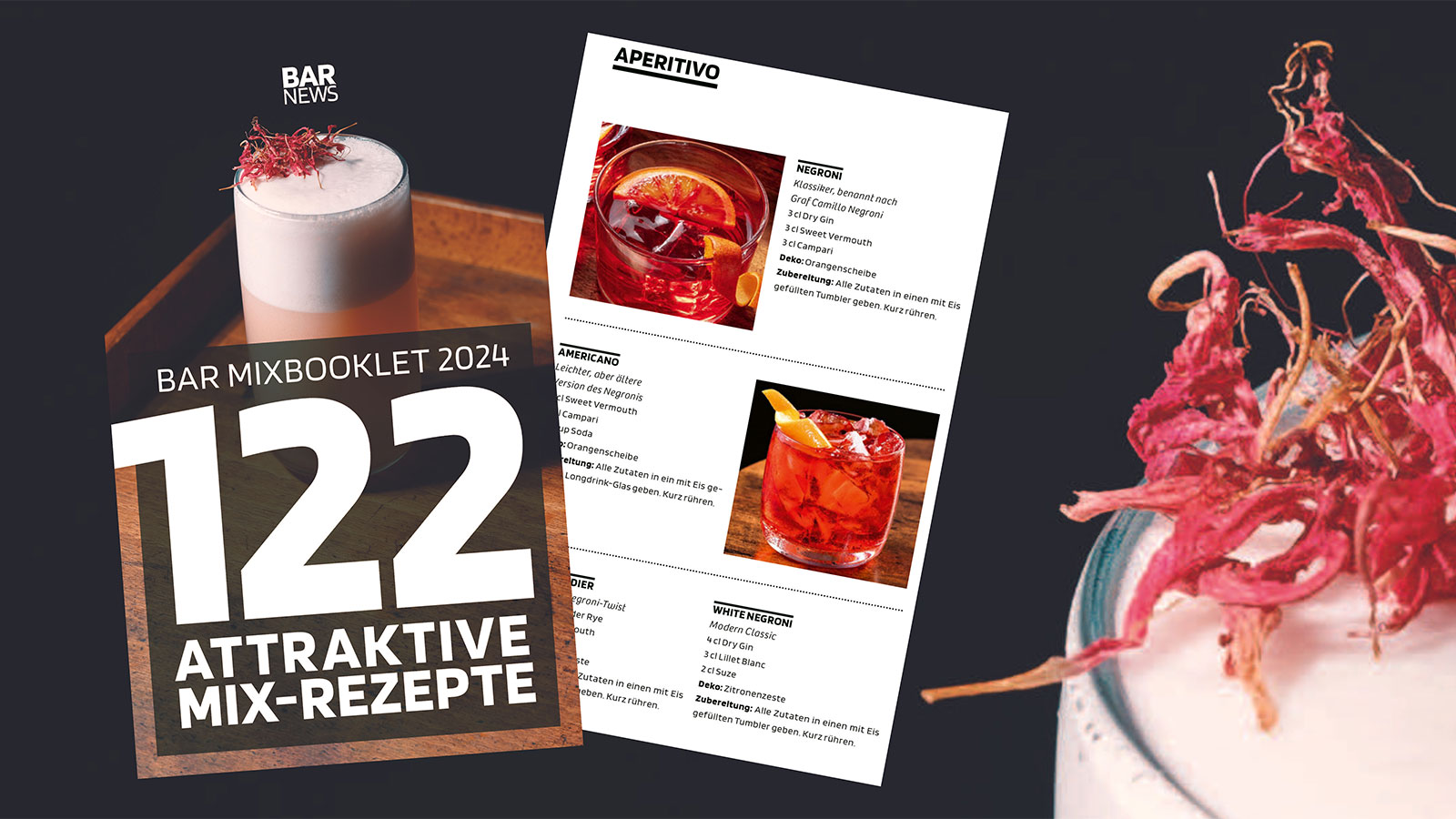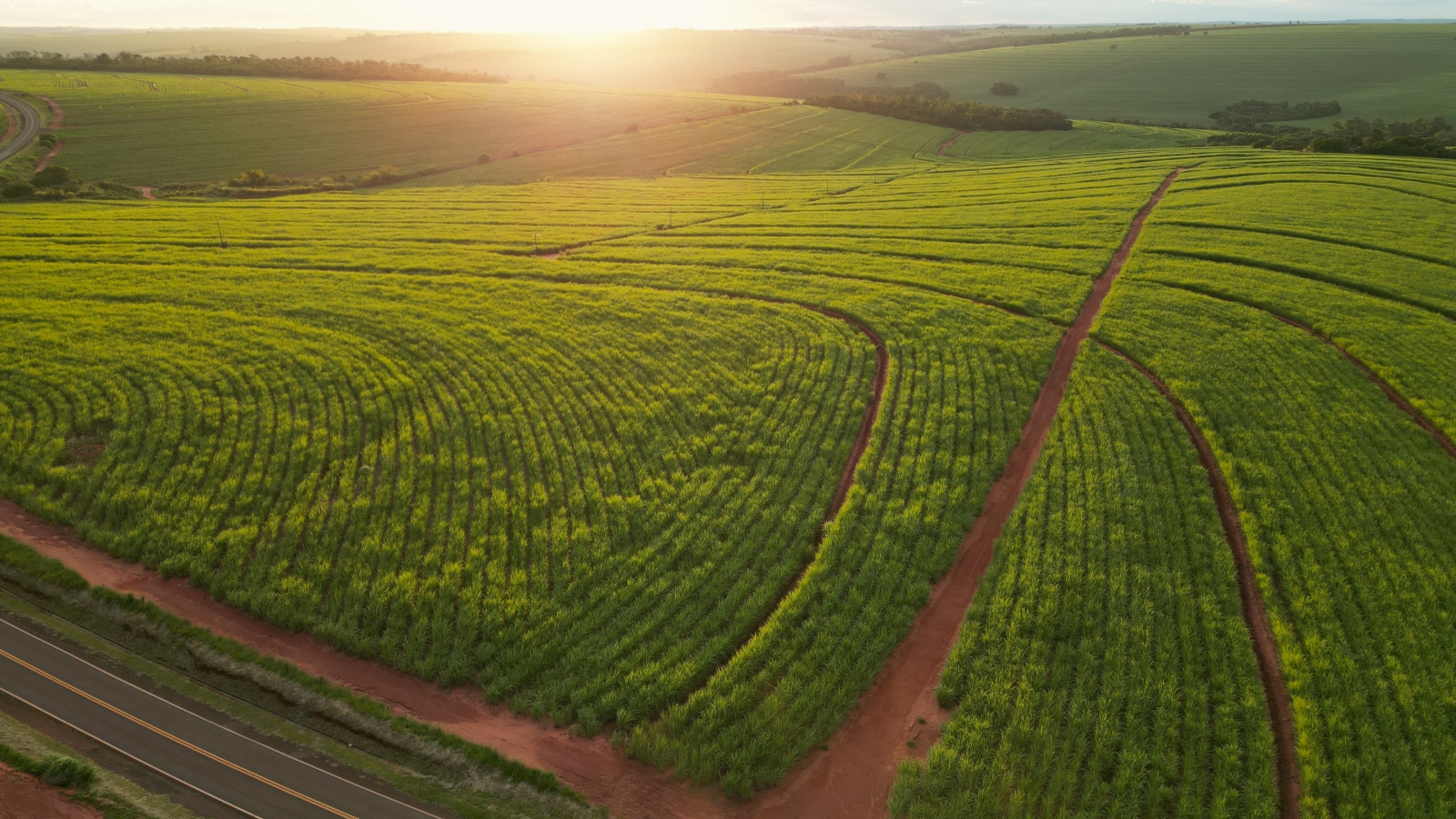Among beer drinkers, people are often loyal to their favorite beer for decades. The curious who dare to look over the glass rim of their habitual bar are usually the first to come into contact with a fruity-bitter IPA. No wonder, the hoppy beers are the flagship of many small and medium-sized breweries. And they are fun, opening up a variety of flavors that impress.
"It's unbelievable that beer can taste like this," is a common comment after the first glass of IPA. In the 1990s, the beer style conquered the world from the USA. The rule was: the more hops, the more popular, the more extreme an IPA, the greater its success. Soon DIPAs and Imperial IPAs, DDHIPAs and NEIPAs were added. If you are not a hophead (=self-proclaimed hop fan), no problem. The abbreviations are not as complicated as they seem at first glance. But let's take it one step at a time.
London to India
All IPAs, i.e. India Pale Ales, belong to the large family of ales. Unlike lagers, they are fermented at warmer temperatures and by other yeast strains. They are so-called top-fermented beers. In terms of flavour profile, they are more playful and complex than the straight-lined lagers. The name Pale Ale for a beer originated in England towards the end of the 18th century. At that time, the techniques in the malthouses continued to develop.
It was possible to better control temperatures and produce lighter malt. The beers brewed from it were called pale ales (= light beers) to distinguish them from the darker porters and stouts. As an important export commodity, beer also reached the English colonies at that time, namely India. The increased use of hops and an increased alcohol content helped to stabilize the ale on the six-month sailing voyage.
Since it was transported by the ships of the East India Company, the beer was soon known as "East India Pale Ale". The bitter drink was a particularly popular thirst quencher in the Indian heat and remained the beer of choice even among returnees. It wasn't until improved refrigeration methods made it possible to brew lagers all over the world that India Pale Ale lost ground. The beer style almost sank into insignificance.
Mr. President gives you a helping hand
In 1978, then-U.S. President Jimmy Carter repealed a law banning homebrewing. As a result, many beer fans started brewing beer at home. Ultimately, the consumer's delight in the ever-increasing variety of beers helped to found many craft beer breweries. Brewers began to experiment, looking for old or almost forgotten styles of beer that were worth reviving. That's where the IPA came in handy.
Not only could you tell the beautiful story of the sailing ships and the hops, but ales could also be brewed in good quality without perfect refrigeration. In addition, native hop varieties could be used. And this is where the completely new world of aromas for which IPAs are so well known and loved today finally opened up: sweet notes of tropical fruits such as mango or passion fruit, fresh aromas of grapefruit and tangerine or resinous pine scent. In addition, the distinctive bitterness, the increased alcohol content and a malty, full-bodied body. An experience for the senses!
And what do the abbreviations mean now?
Since the American aroma hops became so important as a salient feature, the game was soon taken to the extreme with Simcoe, Chinook, Citra, Cascade and whatever they are called. Brewers increased the amount of hops and named the beer Double India Pale Ale (DIPA). Specimens with an additional increased alcohol content were christened Imperial IPAs, including revolutions of over eight percent by volume.
The way in which hops were added to the beer also began to be advertised in the name, for example in the case of the Double Dry Hopped India Pale Ale (DDHIPA). A beer in which dried hop cones are hung in the storage tank as if in a large tea bag, so that the fruity aromas transfer particularly well into the liquid. The German technical term for this is Hopfenstopfen or Kalthopfung.
Finally, one of the most recent IPA creations is the New England India Pale Ale, or NEIPA. It looks and smells a bit like a multifruit juice, only it doesn't taste quite as sweet. A NEIPA is especially for people who find all the other IPA variants too bitter.
For me, the best IPA is one whose bitterness and fruitiness shake hands and are balanced by a malty backbone. You can bet that you can convince even seasoned lager fans with such a beer?




